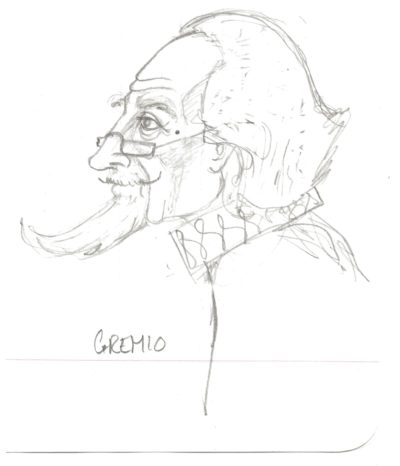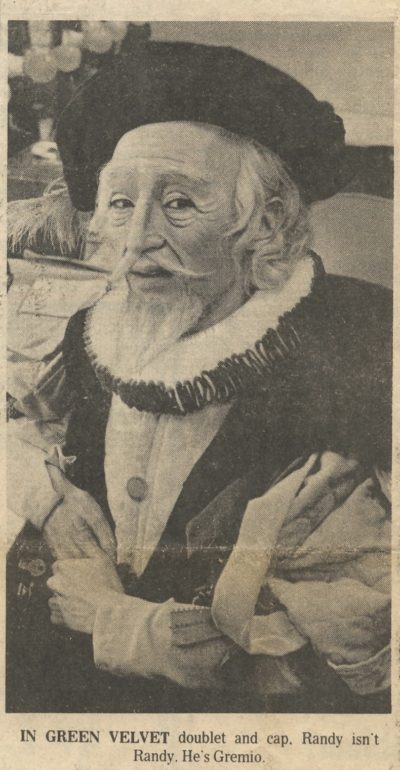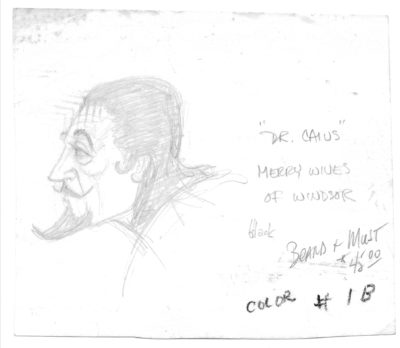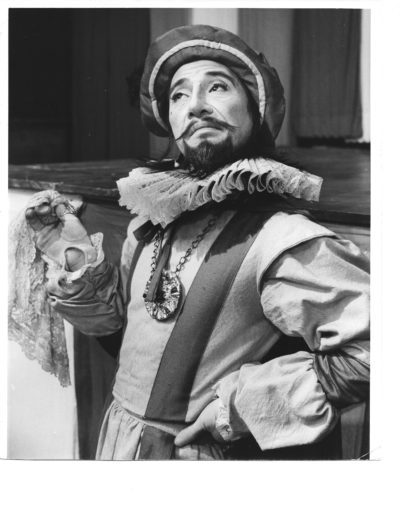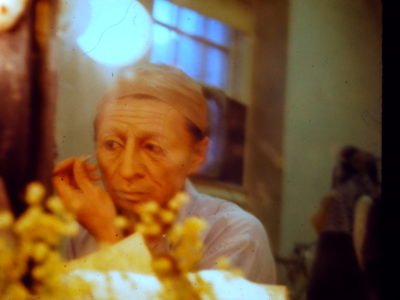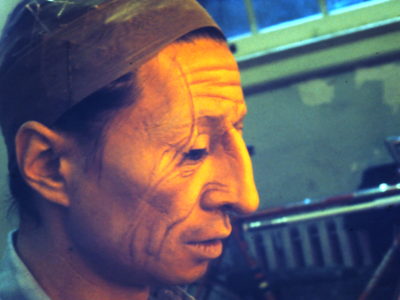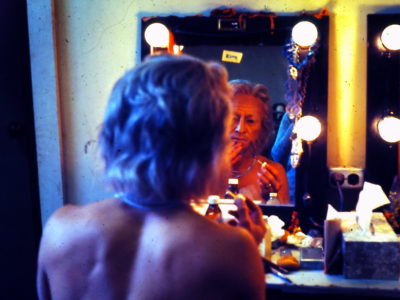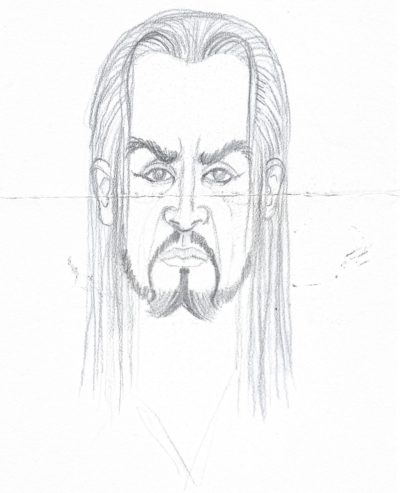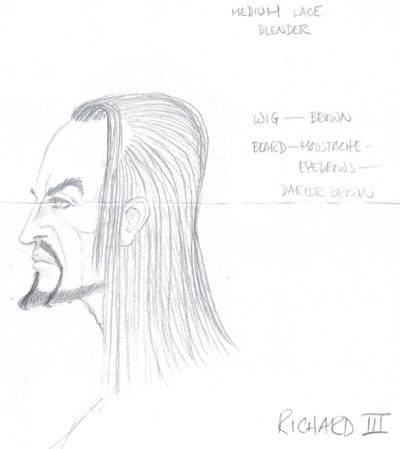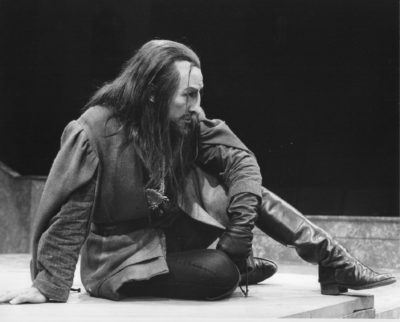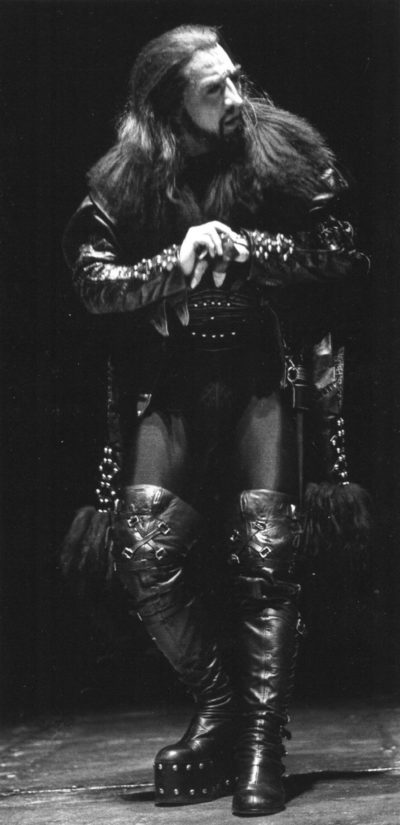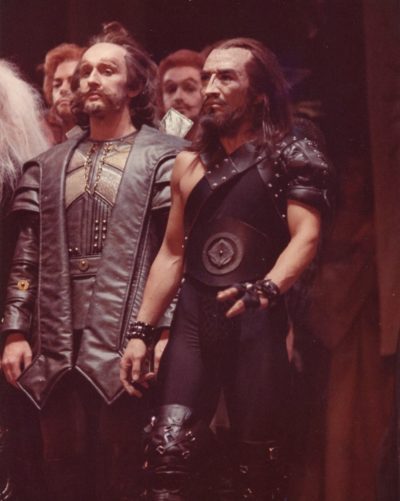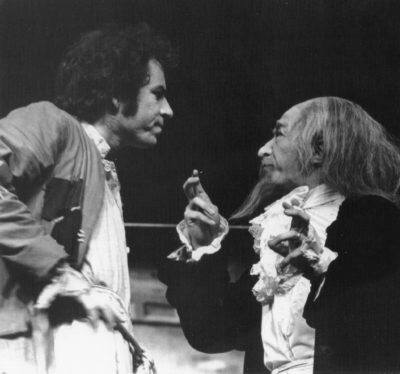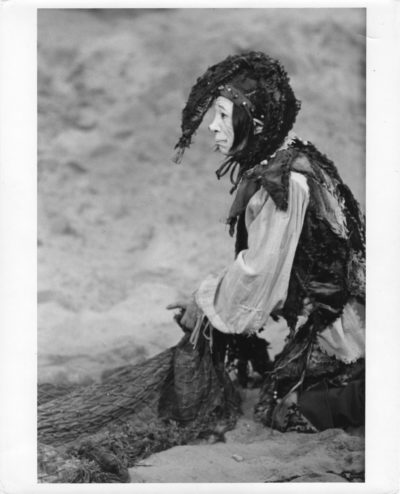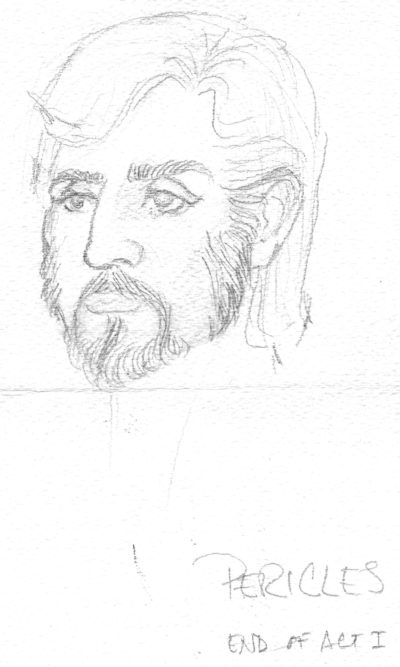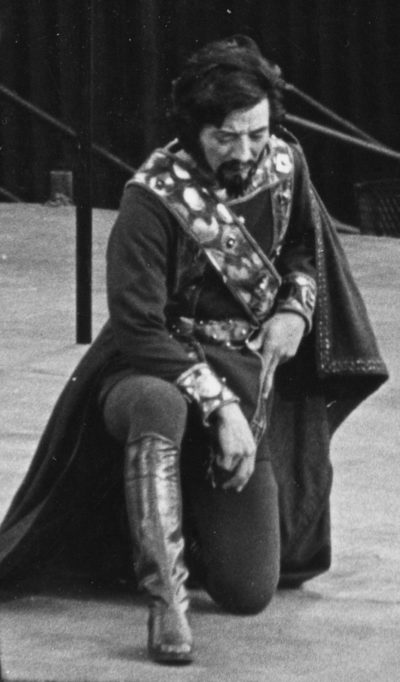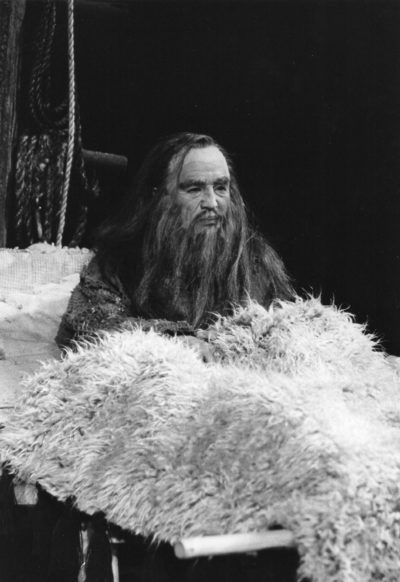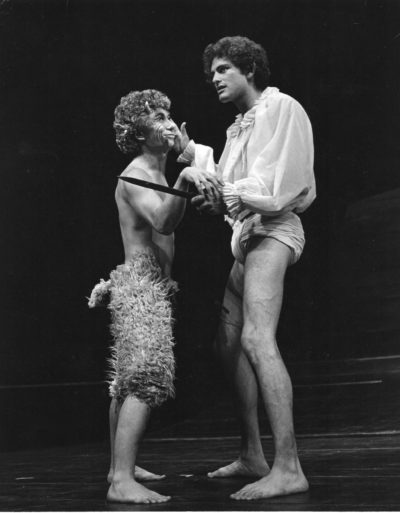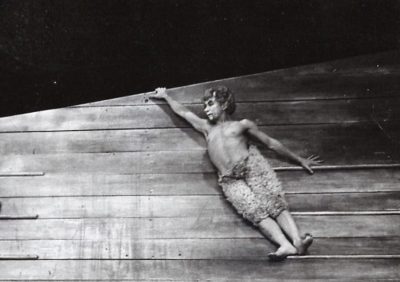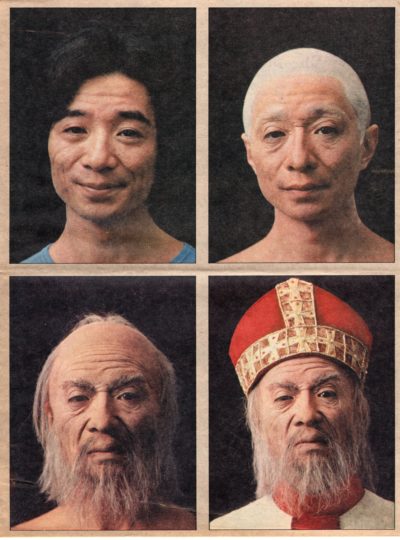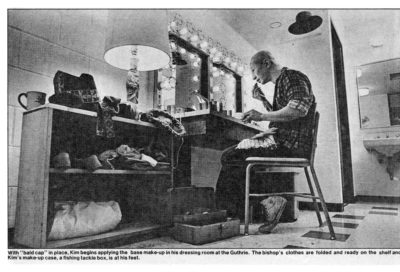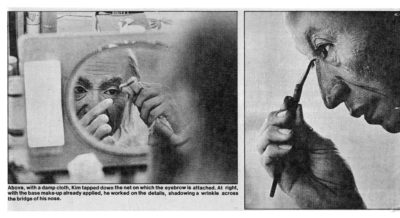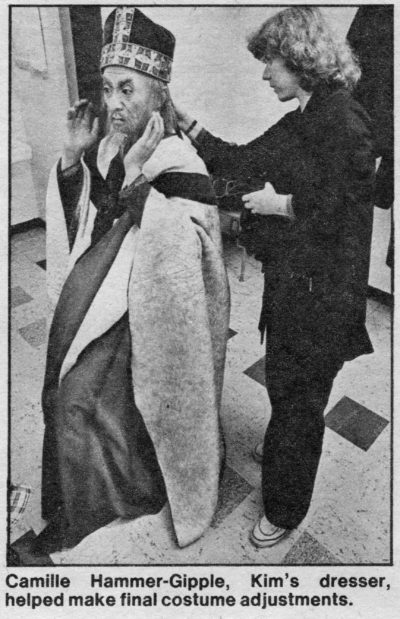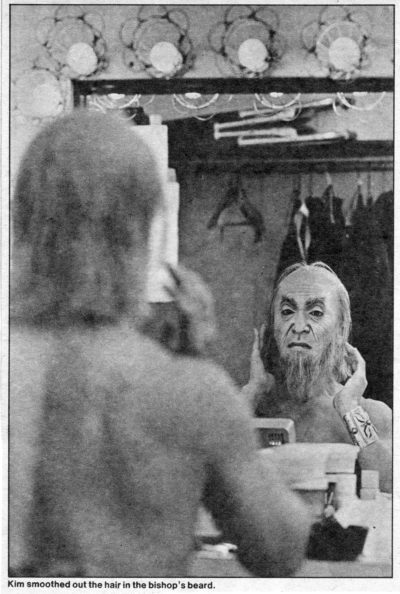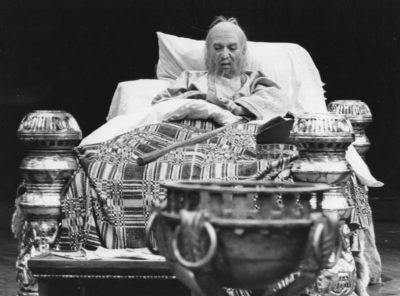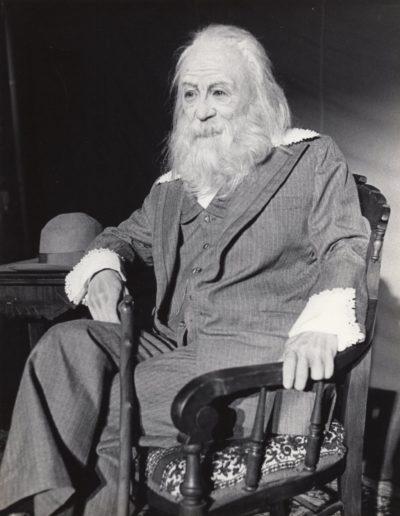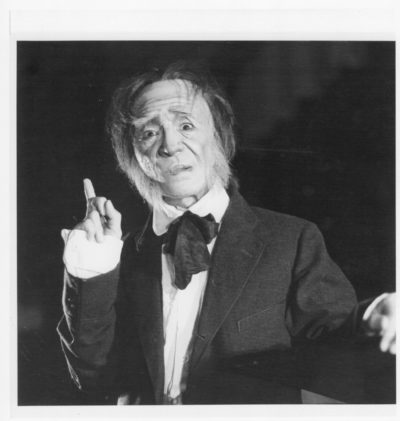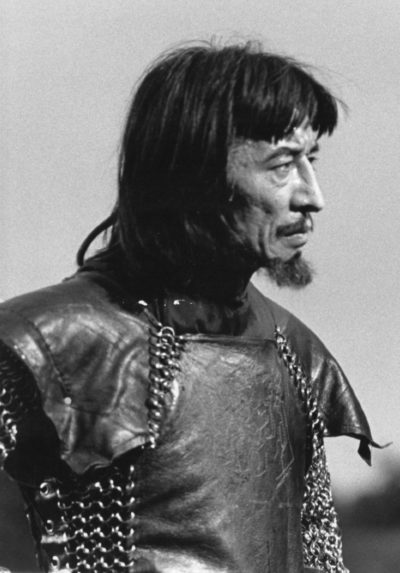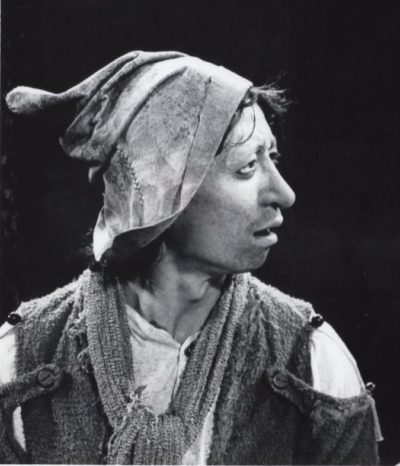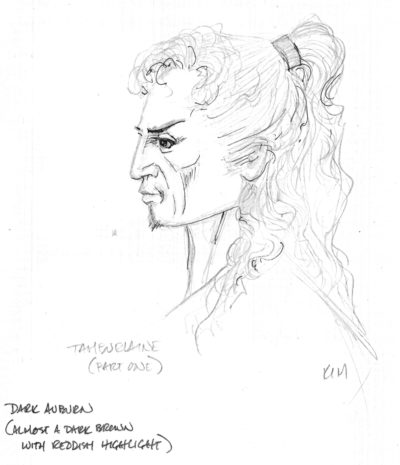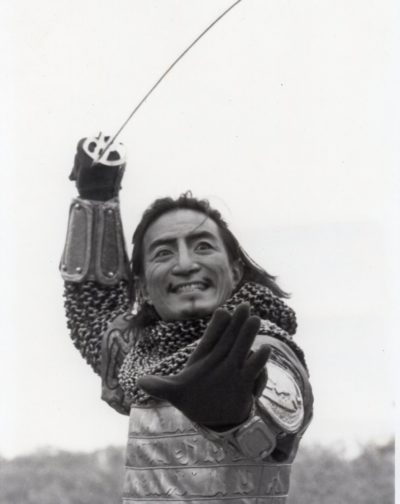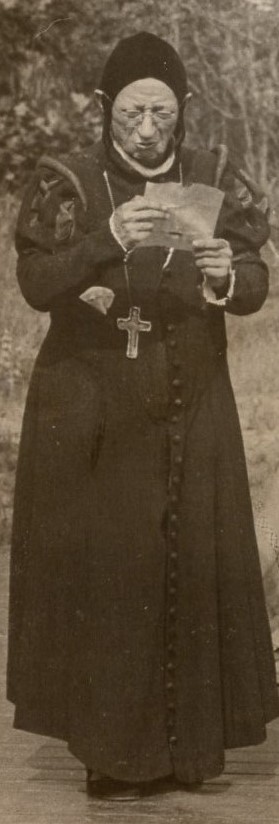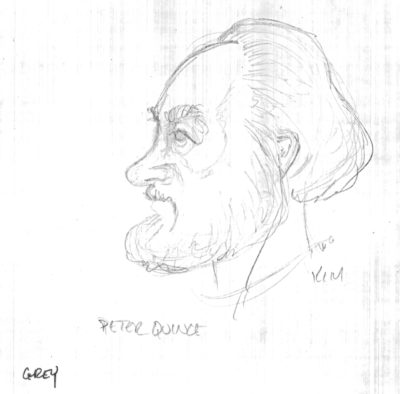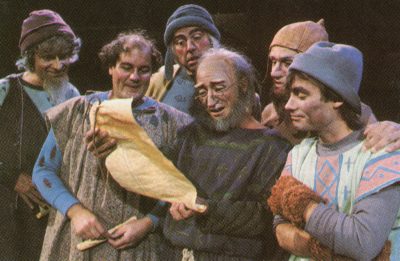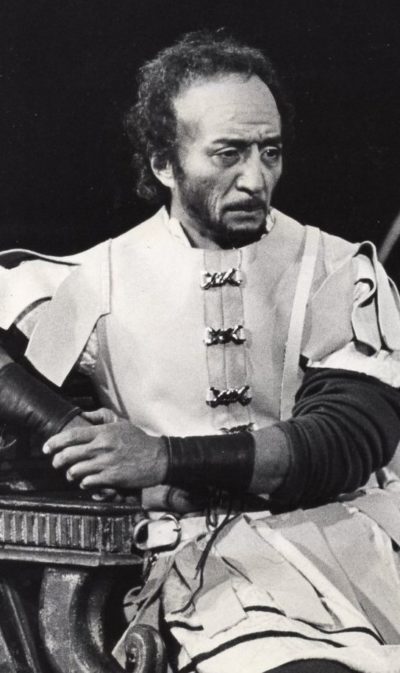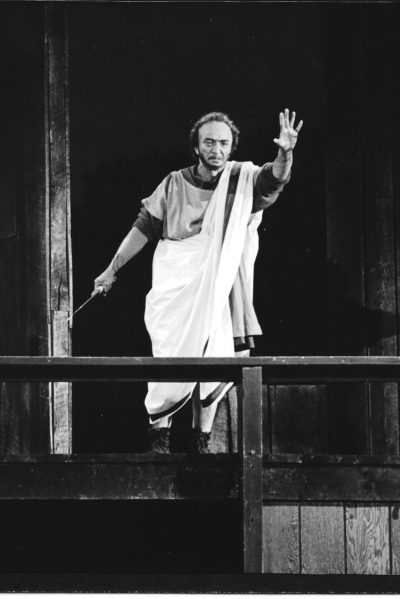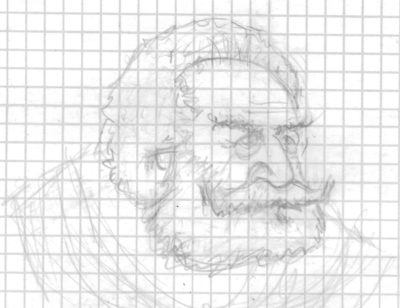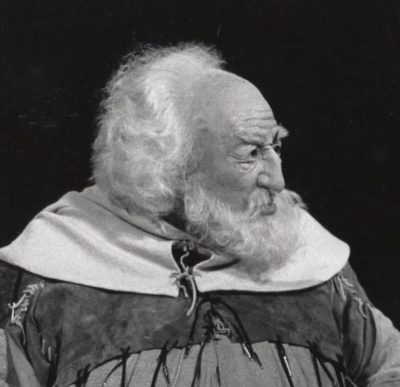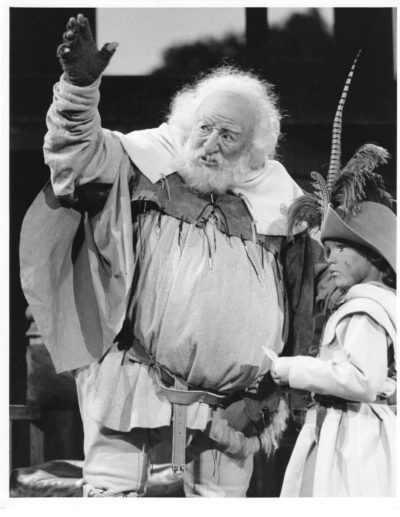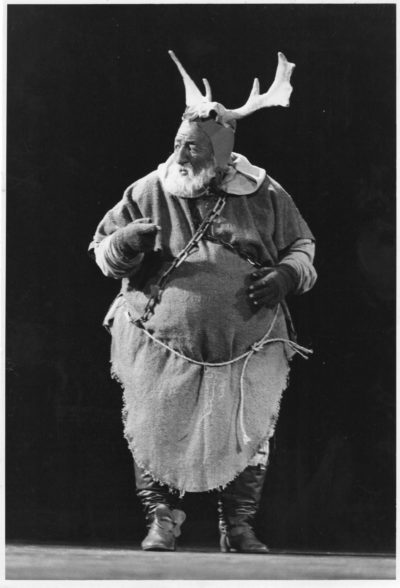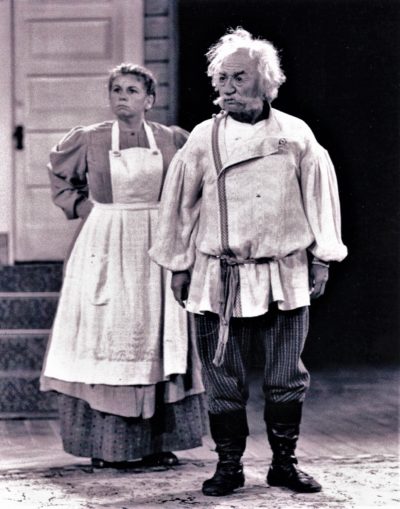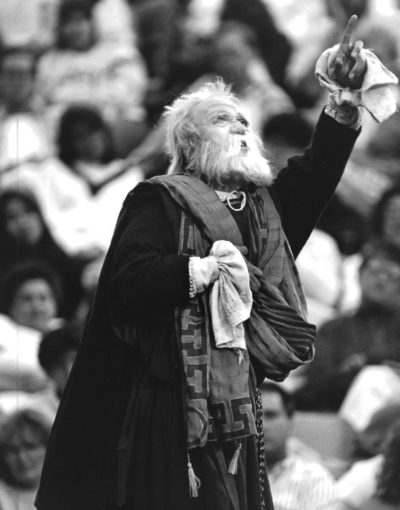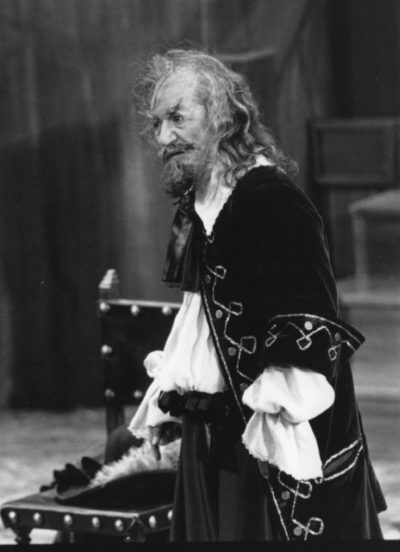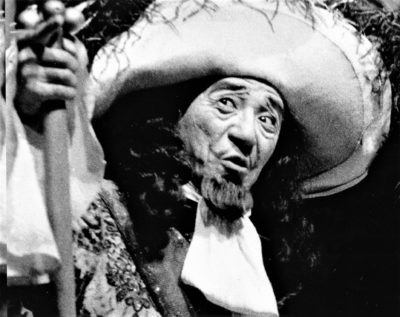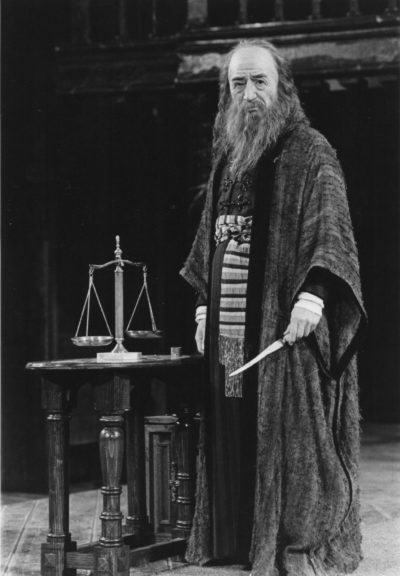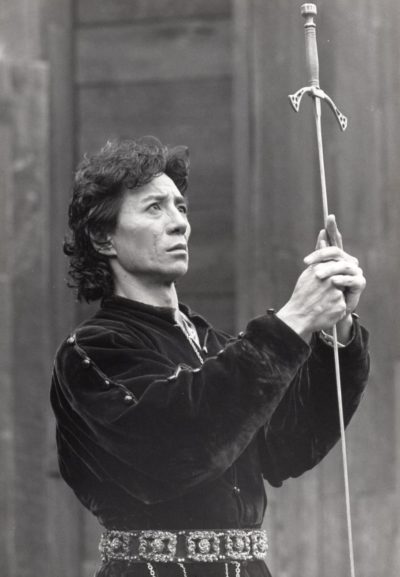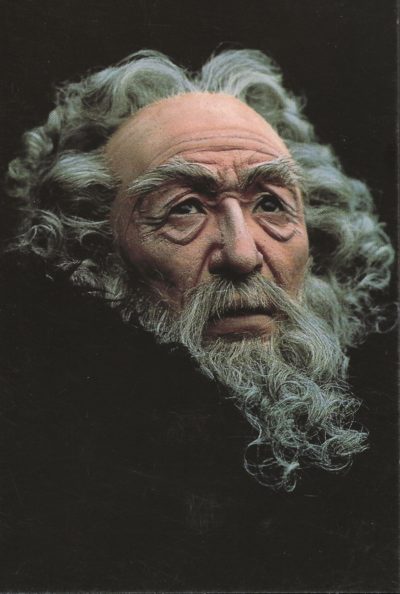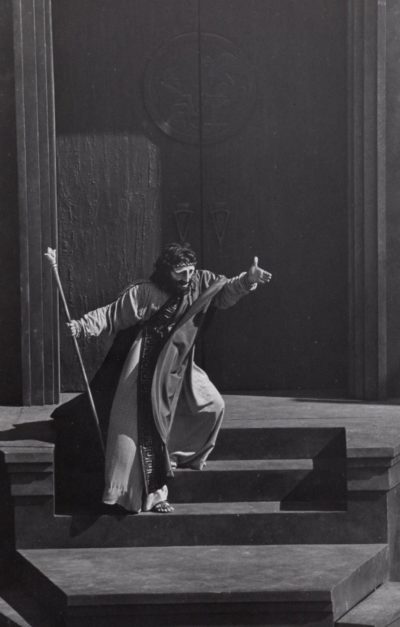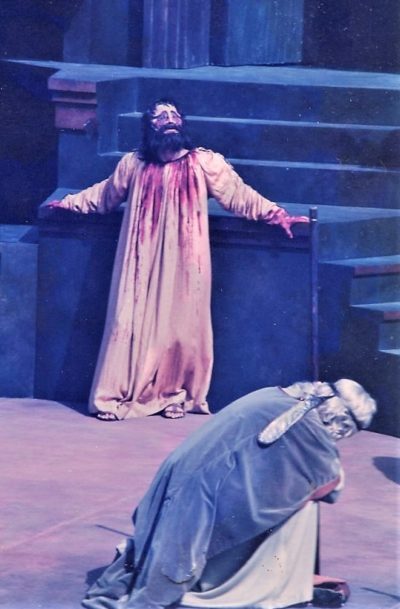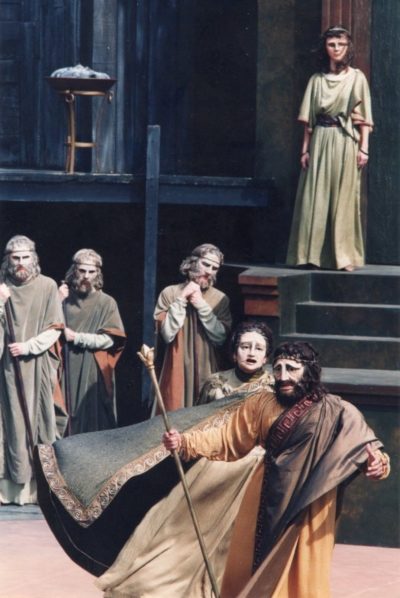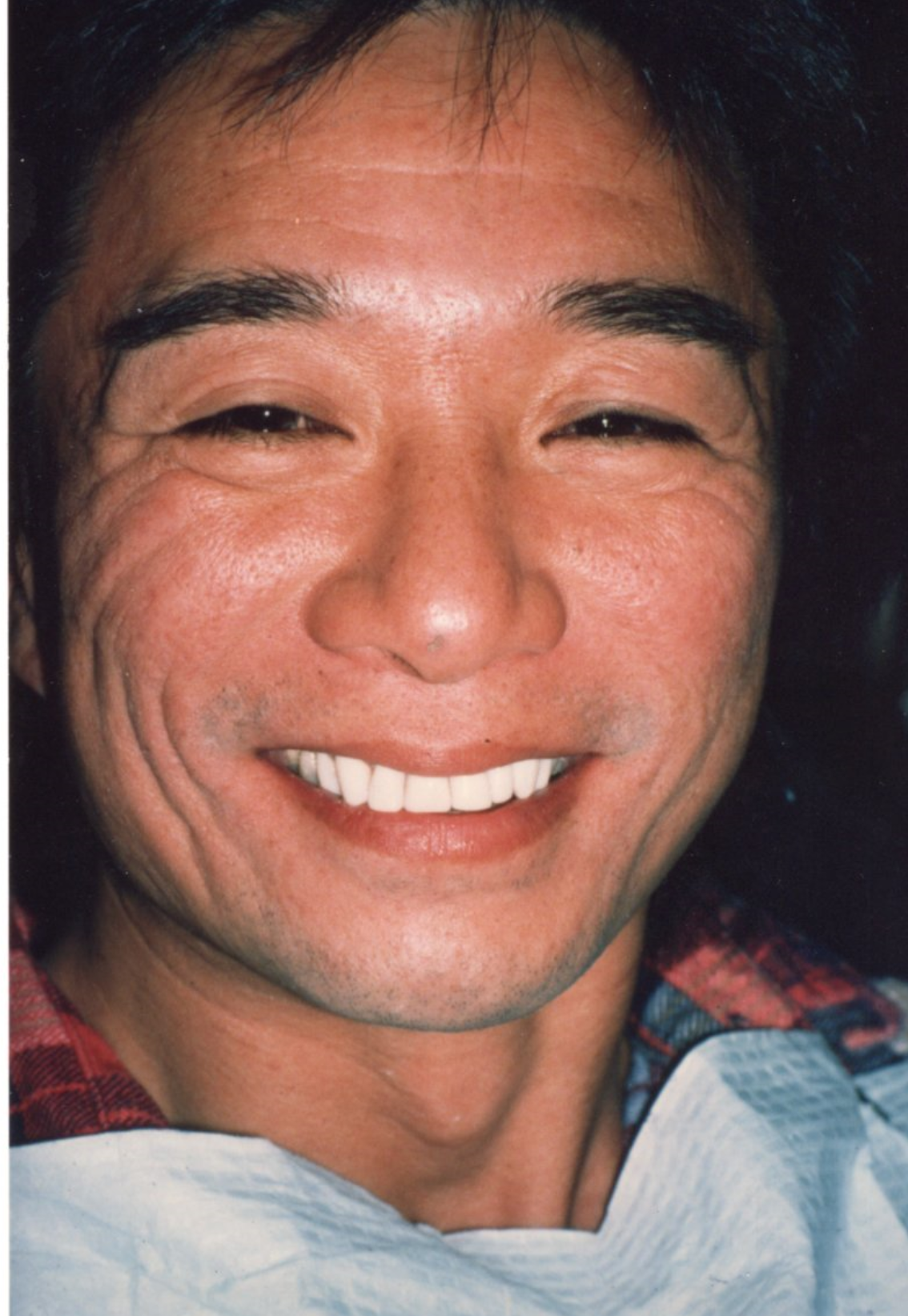
I make no bones about it. I am an actor who loves, I repeat LOVES, the MASK: make-up, costume and any other means of giving a character an appropriate “abode” in a story. There is “magic” in the “mask,” something mysterious, something miraculous.
I got my first makeup kit when I was in the sixth grade—a small cardboard box containing small tubes of grease paint, some powder and a powder puff, eye brow pencil and a couple of miniature brushes, some nose putty, some crepe hair and a small bottle of the all-important spirit gum.
1-2: Sketch by Me; 3: Photo by Patricia Jo Kettler; 4&5: Photos by William Douglas Ganslen
My guides in learning how to use these tools were a series of booklets entitled Max Factor’s Hints on the Art of Make-Up as well as a volume I found in the library, Dr. Rudolph G. Liszt’s The Last Word In Make-Up. Later, of course, I found an early edition of Richard Corson’s Stage Make-Up which became my go-to-teacher for many years.
1: Photo by Gene Coleman; 2,4,6: Photos by George E. Joseph © The New York Public Library of Performing Arts; 3&5 Sketches by Me; 7-8: Photos by Eugene Cook
For most of my life, my make-up case helped me to fulfill a growing conviction that one of my duties as an actor was to provide a physical home for the character I was tasked to become. Each of the characters entrusted to me were as strikingly individual and real as any human alive. I could never see them as mere symbols or stereotypes or generalizations; political correctness and racial biases never entered my thinking in determining a character’s look.
My task was to make every effort to see that Falstaff or Shylock, Hamlet or King Lear, Oedipus or Orgon, Ivanov or Dr. Stockmann could enter this world and take a breath and feel the blood in a face and body that would be familiar to him.
1: Photographer Unknown; 2,3,6,9: Photos by Robert Wood; 4: Photo by Fred Sager; 5&8: Sketches by Me; 7: Photo by John Barry; 10&11: Photos by Zane Williams
As far as I was concerned, my own face and body was simply the “canvas” on which my imagination and skill could modify in order to house the entity for which I was responsible.
Shamans were called to bridge this world and the world beyond, thus, for a time the spirit of the bear or the raven was invited into the midst of the community; or, they were asked to bridge the worlds of the living and the dead thus providing an ancestral presence. For me, giving a classical play the conditions suitable for its retelling, we can similarly bridge the past and the present to serve a community’s health and well-being.
Our ancestors have things to say to us and in these old plays they do so through stories capable of transporting us to other times and places.
As I ruminate on my life, I think that the use of make-up gave me the opportunity to literally step into the shoes of many extraordinary individuals while bringing me into contact with the depths of my own interior life and in that process to catch a glimpse of a vision of what we call our “common humanity.” Might this not be the very ground upon which we can build mutual acceptance and care, empathy and compassion?
We humans judge one another by our appearance—“first impressions”—we can’t help it. The question (and challenge) I’ve posed to myself again and again is “Can these assumptions and expectations be used in some way to take the audience on a deeper journey than they could ever imagine, especially when that journey involves the vision of a great poet or even an entertainment devised by a master playwright?”
The very first impression a character makes onstage is the moment—the “doorway”—at which I the actor invites the audience to journey into the playwright’s story. One of my tasks, therefore, is to provide a suitable physical “home” for the character hoping that the character’s appearance will find quick acceptance as the audience engages itself with the play’s action and plot. So much work, elaborate planning and detailed execution for “quick acceptance”? Yes. To what end? To give the playwright, the poet, the chance to speak to us as members of a community and perhaps to impart a much needed vision of what it is to be truly human.
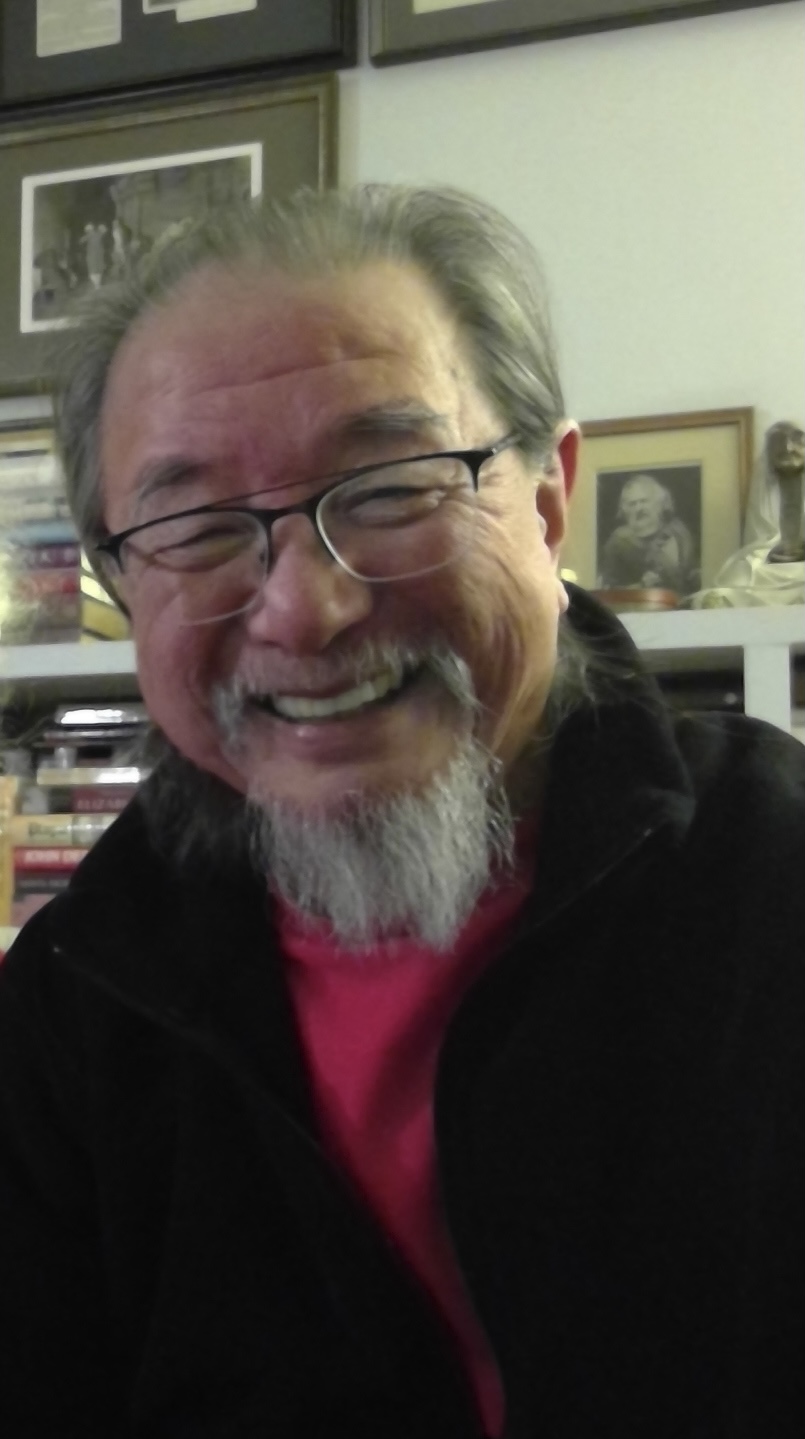
Previous Musings…
“There are performances that stand out even in this finely-polished hole. Randy Kim, exhibiting a superb skill for makeup and character becomes the aging Gremio down to his toenails.” —Robert Ward, The Vermont Sunday News, July 25, 1971
“I define acting in terms of a pursuit for total transformation, so that a poet’s creation may be brought to life. Makeup is one of the tools. I used to achieve at least the physical part of that transformation. I love the mask. It has an ancient function which sadly has been virtually dispensed with in contemporary acting. I’m a devotee of the mask. I’m fascinated by its power to help me make the kind of psychological leaps needed in stage acting. A mask helps me to become the character or rather it helps give the character a suitable body in which to live for a time. The finishing touch.” —Randall interviewed by Terry Hong for AsiAm, 1987
“I want to play many different roles, many characters of all sorts of races, from all over the world. That’s why I wanted to be an actor…I find it very disturbing when I’m told I can only perform in the physiognomy I was born with. When actors are asked to restrict their imagination to their own biology—that’s not what acting is. Biology is certainly a part of the individual, but it’s not the sum total.” —Randall interviewed by Terry Hong for AsiAm, 1998
